Guttering
Guttering
Our team of experienced professionals will work with you to install any type of rubber roofing system on your property, whether it’s a new or existing structure.
Contact Us Immediately
Gutters for Roofs
When it comes to roofing, guttering is often overlooked, but if you want to protect your roof from water penetration and avoid leaks or drips from your gutters during heavy rainstorms (or even snowstorms), a good gutter is essential.
As leaves are blown around by the wind, future problems will arise if not addressed now. These can get stuck in shingle valleys if they pass over the surface of your roof at an angle, which means that once it rains, water will come through and into your home with no way out!
The only way to avoid further damage is to remove all accumulated debris from gutters as soon as possible. Wet leafy gunk has the potential to clog your gutters and, in the worst-case scenario, leak through your roof if left too long.
One of the most important aspects of a roofing installation is the gutter system. A good gutter will keep debris out of your shingle valley, which means water won’t end up where it shouldn’t!
The best type of guttering for you is determined by the type of material (wood or metal) and the location: if close to the ground, wood may be preferable; however, if higher off the ground, metal would be preferable due to its sturdiness. Metal often has an aesthetic advantage over wooden ones, so think about whether that’s important to you.
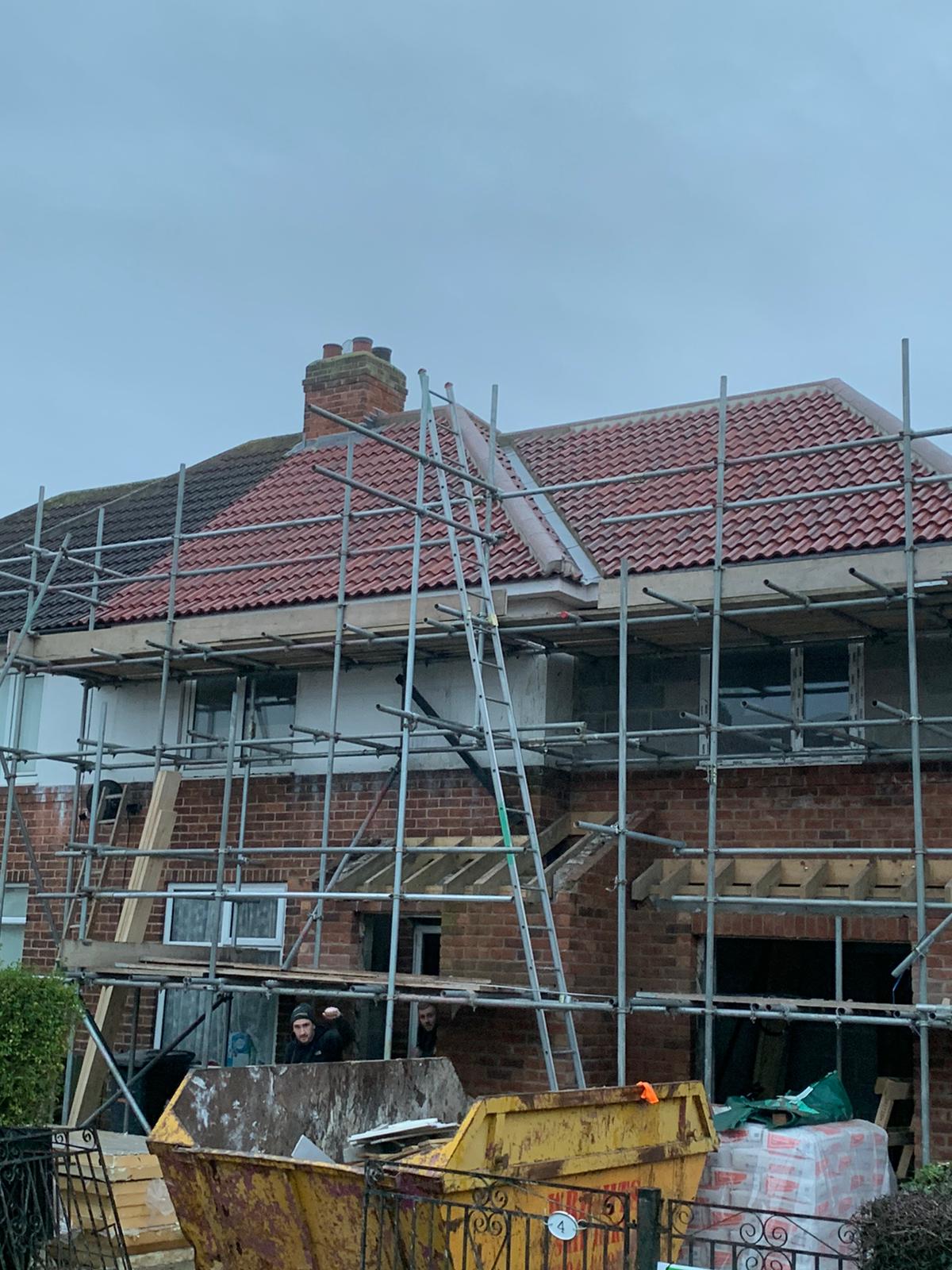
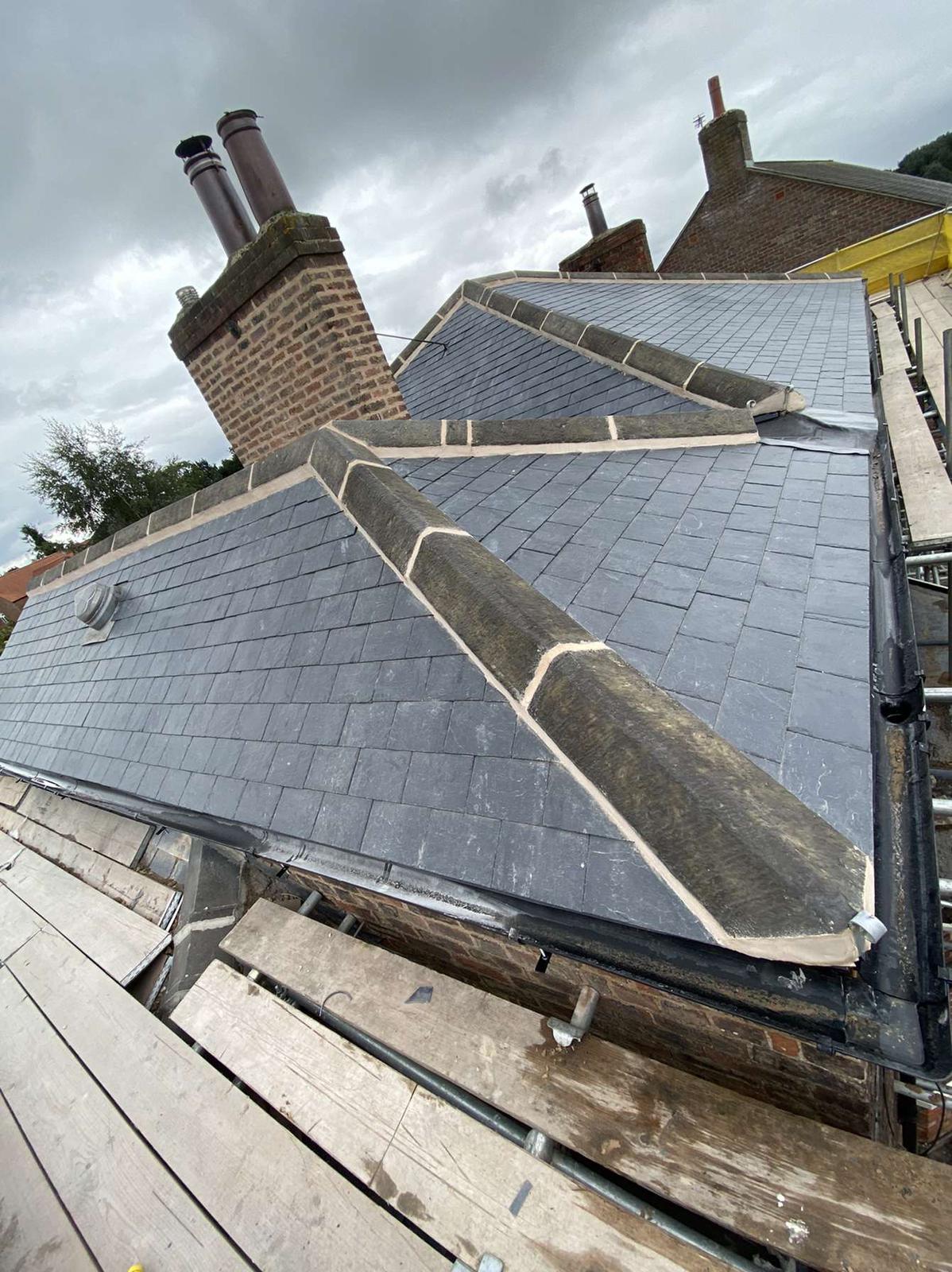
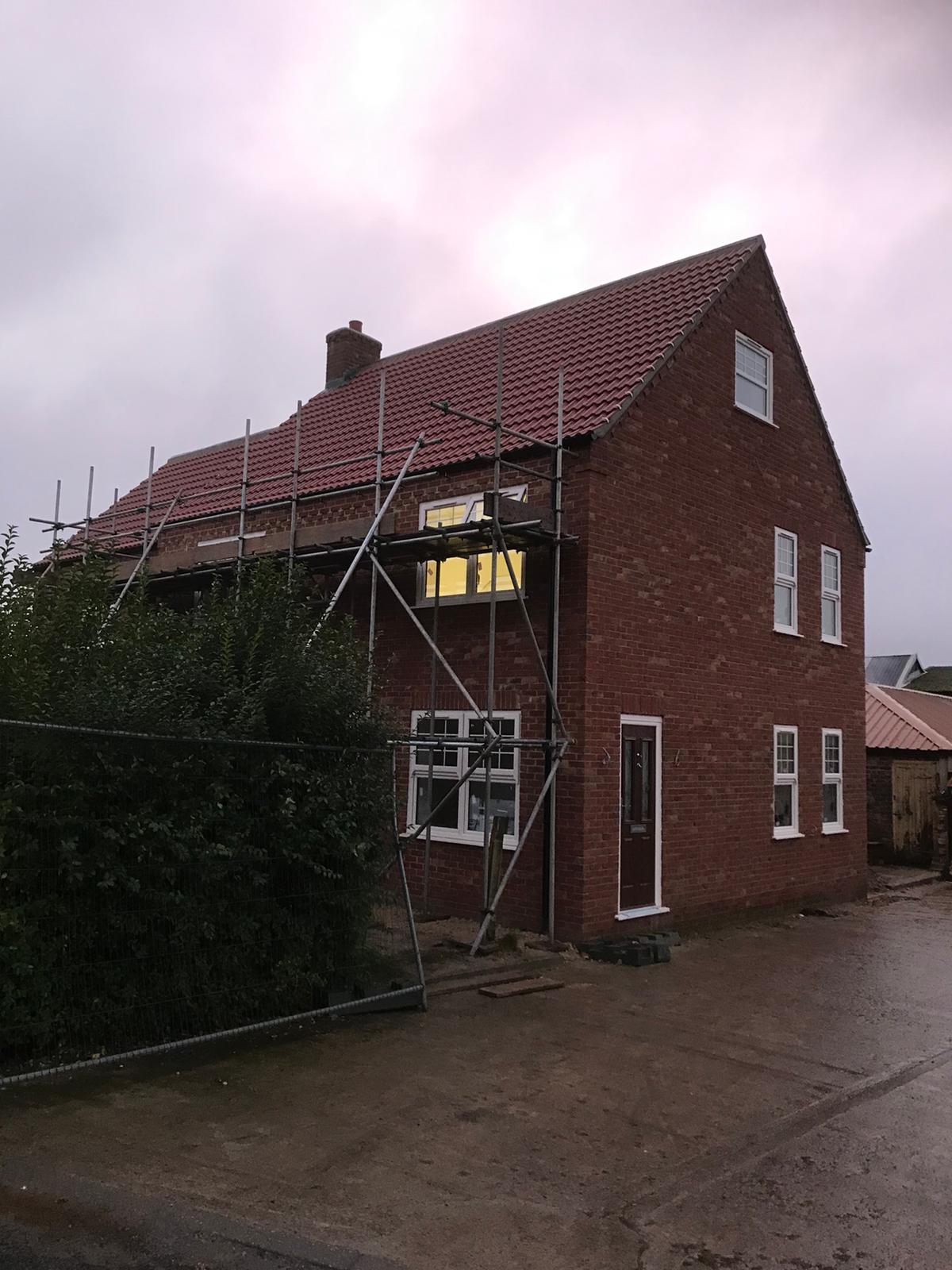
Options for Gutter Materials
Essentially, there are two options you have here: metal gutters or plastic gutters, each of which has advantages. Which, though, is the best? What you desire from your guttering will determine a lot of things. In general, PVC plastic guttering is less expensive and simpler to install than many metal choices, making it the best option for DIYers on a budget. However, compared to its metal equivalents, it is also less robust and more vulnerable to damage. On the other side, metal guttering is usually stronger and more resistant to the elements, but it may be significantly more expensive to buy and more difficult to install, so you’d probably want to hire a professional to help.
Modern gutter systems must adhere to BS EN 12056-3:2000 Gravity drainage system regulations in order to be marketed in the UK (at least by reputable manufacturers). This implies that whichever kind of guttering you purchase will be functional and useful. There isn’t a guttering material that is “bad” and needs to be avoided, as long as it is put correctly and maintained on a regular basis. However, there are some systems that will work better for your home and your budget than others, and here is what you need to know about each one.
Plastic Guttering
PVC Guttering
PVC gutters are nonetheless reassuringly sturdy and more than adequate for their intended use, despite typically being the less expensive and more fragile material option. They are flexible, don’t quickly lose their shape, are made of moulded plastic, and come in a range of colours to match your home without the need for painting.
PVC guttering’s “snap/push-fit” component part design is one of its main advantages. PVC is a very DIY friendly material because of how simply a whole system can be linked together without any specialised skills. It also makes it quick and simple to replace any broken components.
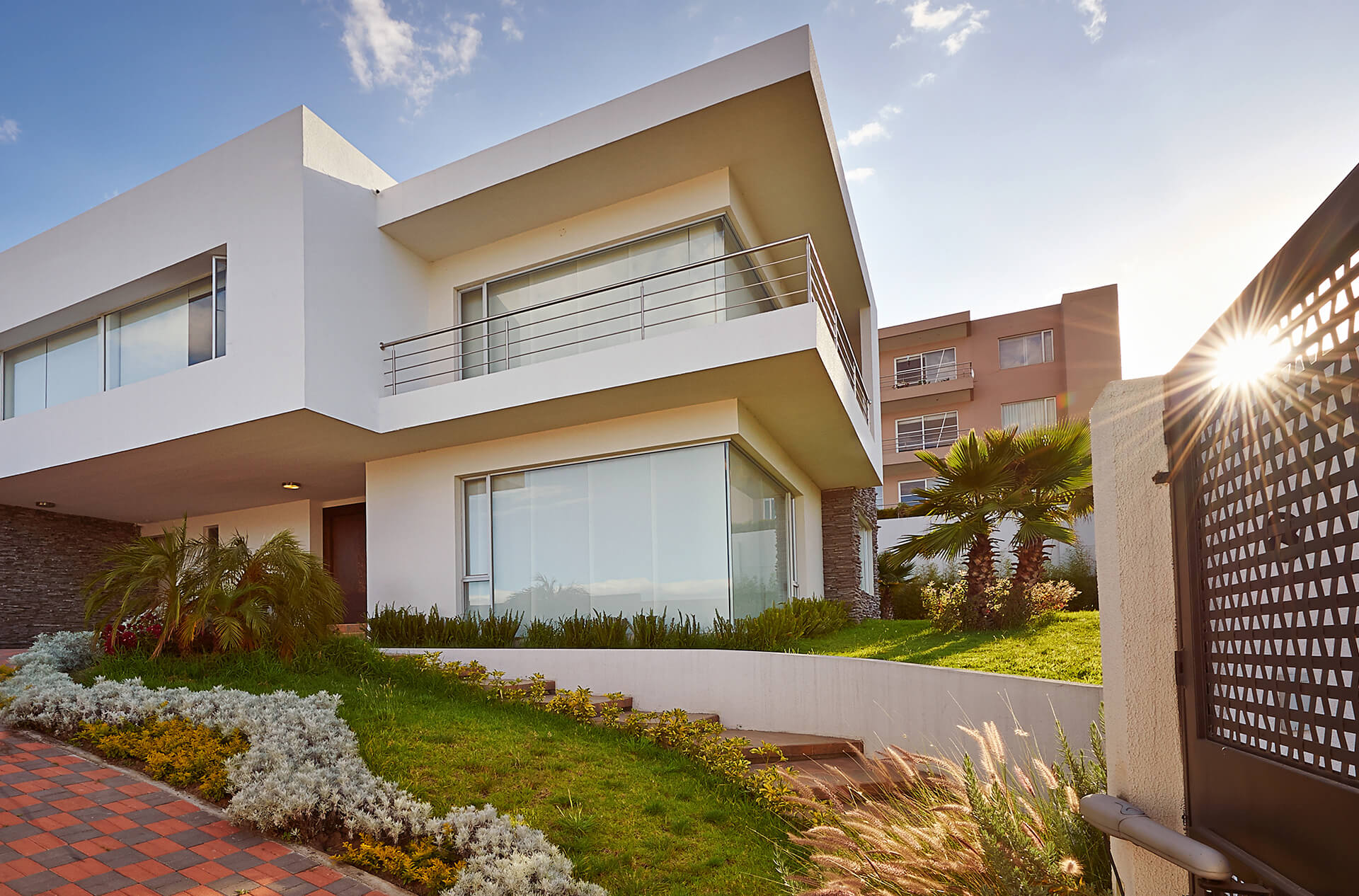
PVC has a drawback in that it is more susceptible to UV radiation damage and becomes fractured with time. Additionally, it can crack if exposed to harsh frosts. In addition, PVC gutters are more susceptible to damage when ladders are placed up against them while performing maintenance.
uPVC Guttering
The least expensive type of gutter is uPVC (plastic) guttering. The substance is lightweight and affordable, and it can be produced in practically any colour. Extreme weather, however, can cause uPVC to stretch and break. Furthermore, exposure to too much sunlight can weaken the material and fade the colour.
In contrast, uPVC is lightweight, easy to cut to length, and simple to install by one person. With two individuals, it’s even simpler.
Half-round uPVC gutters cost between £2 and £5 per metre, whereas ogee gutters range from £3 to £10. Prices do not include VAT. However, you will find guttering supplied directly from manufacturers or trade channels online for far less money than you would in DIY stores.
Unless local government regulations prevent you, uPVC guttering installations look nice on almost any type of house because of the variety of styles and colours available. Additionally, you can get slim uPVC guttering for use with greenhouses and sheds.
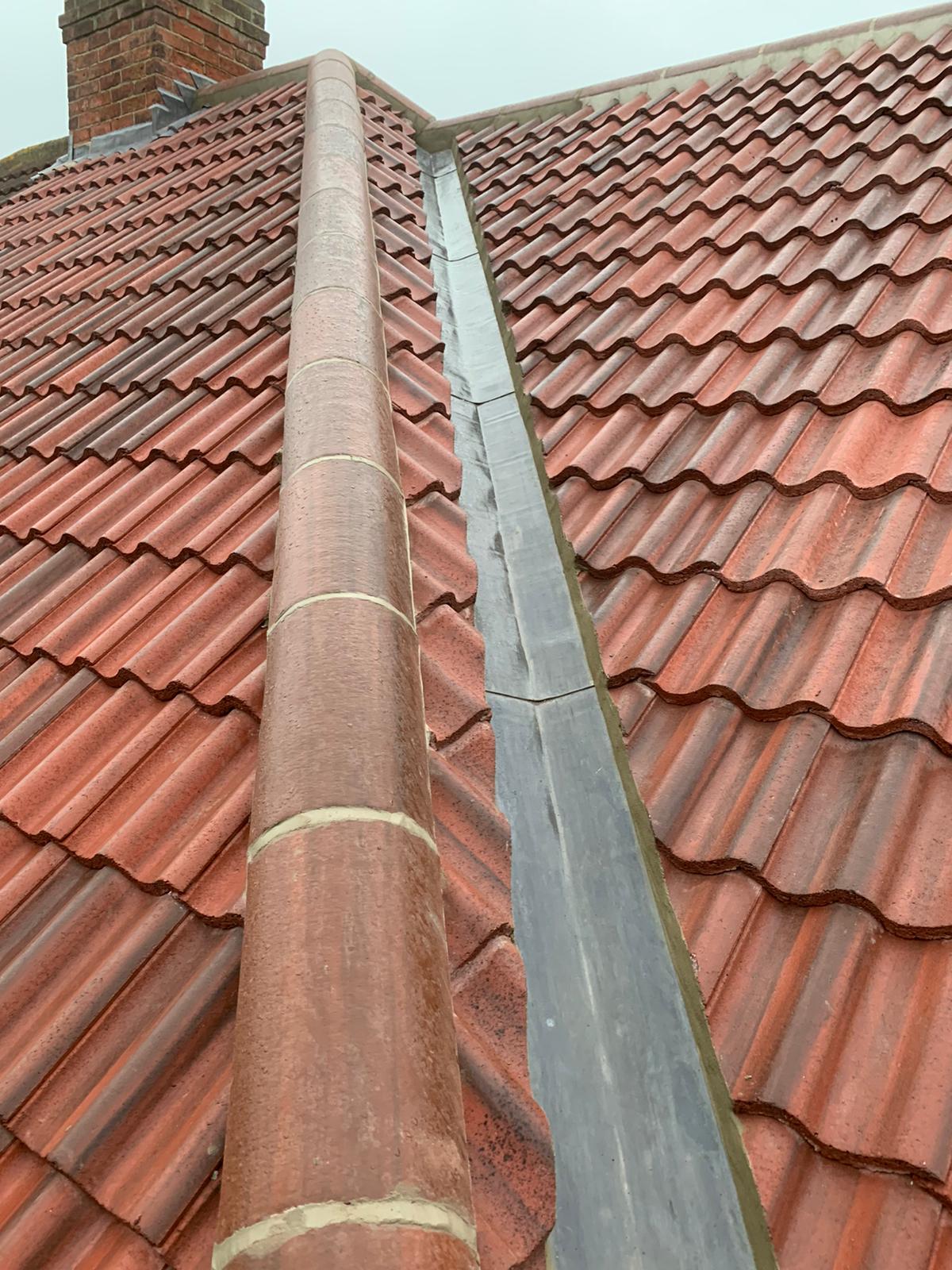
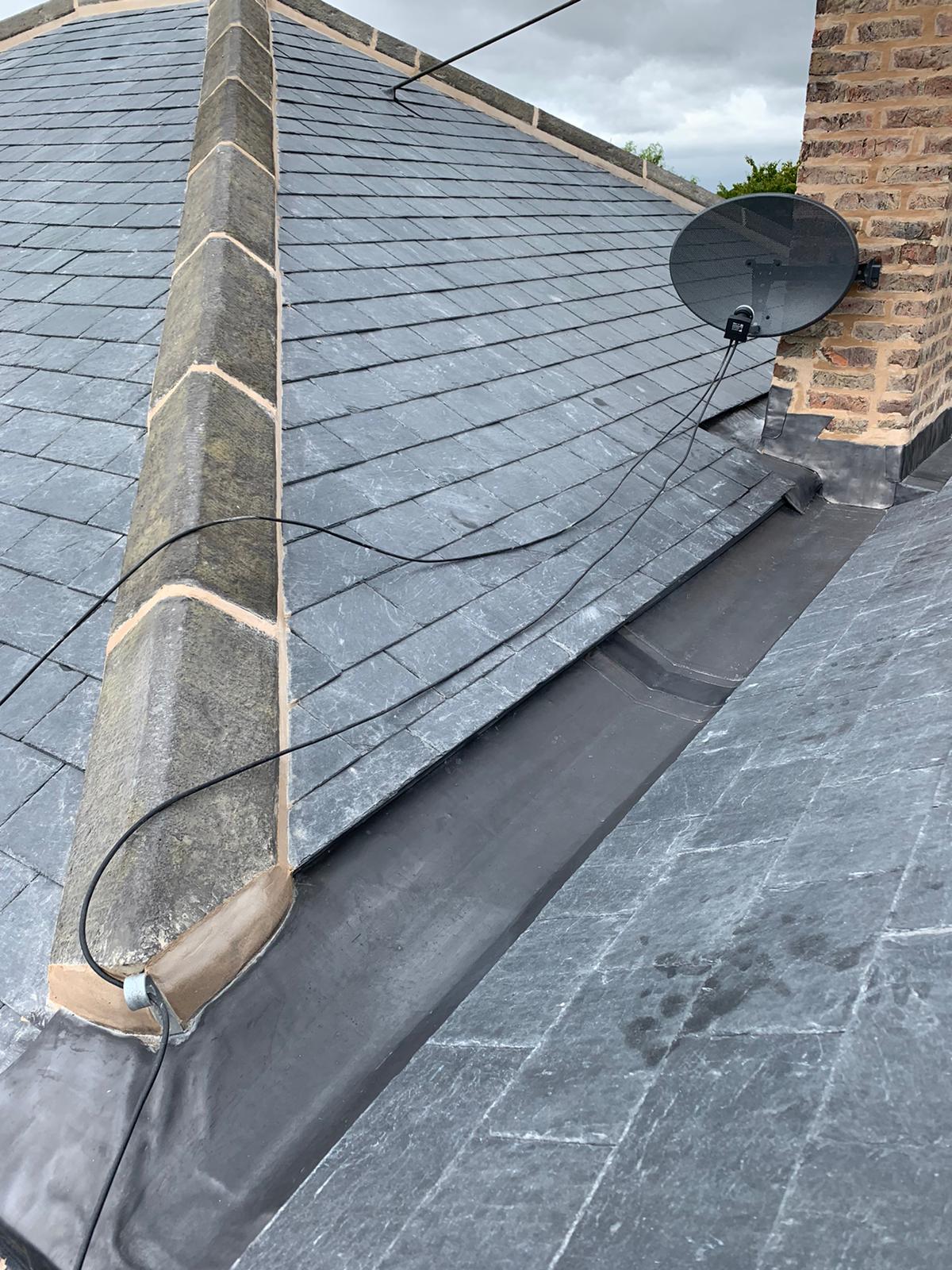
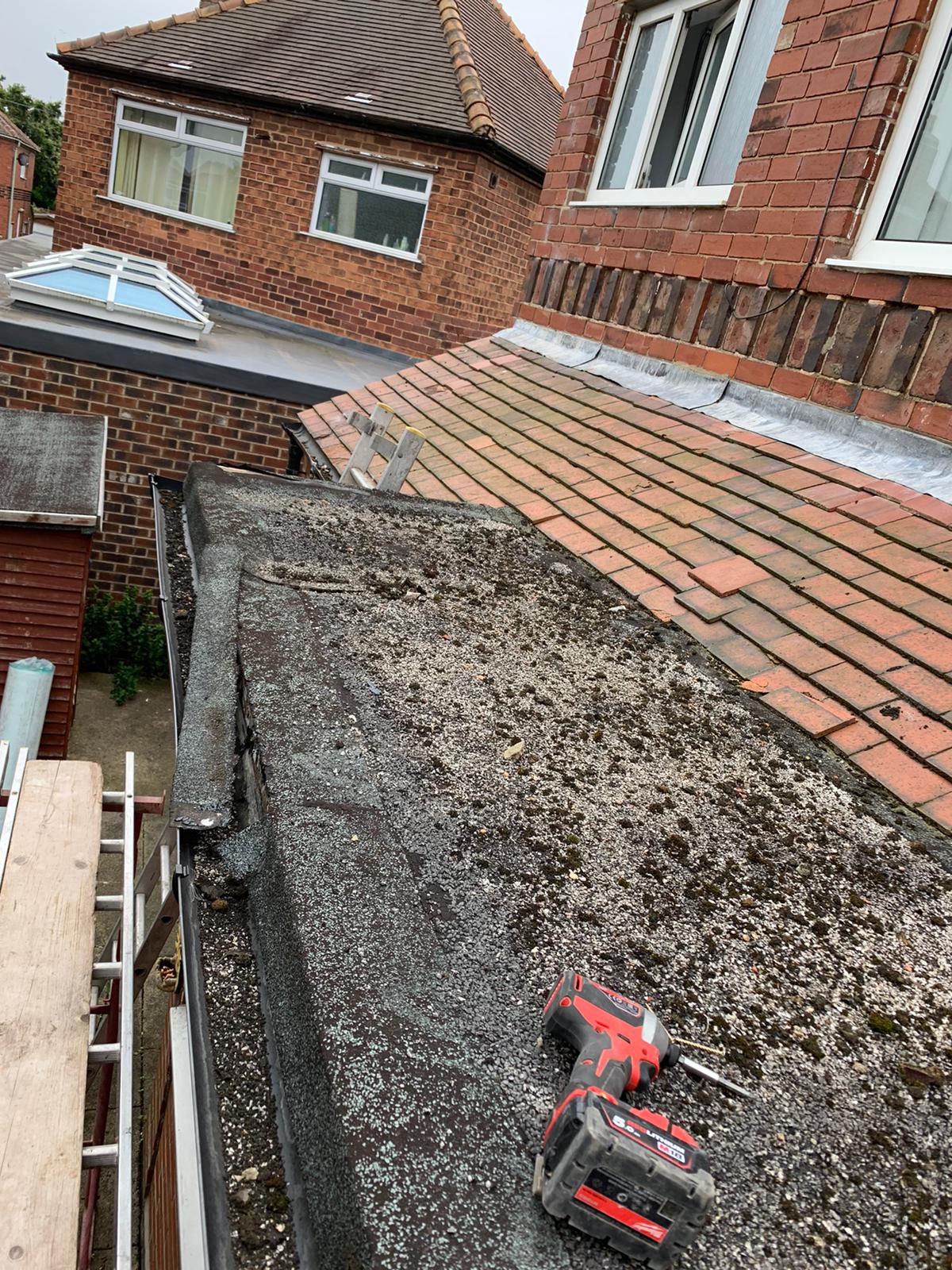
Metal Guttering
There are other possibilities for metal guttering (we’ll talk about these more shortly), but in general they tend to provide a stronger and more aesthetically pleasing alternative to plastic. They are more durable, more resistant to UV light exposure and intense weather, and strong enough to better endure the occasional bump from shaky ladders being banged into them.
Metal guttering has certain drawbacks, but it’s best to analyse them separately for each type. Therefore, let’s start with the most conventional metal option and adhere to the proverb “age before beauty.”
Cast-iron gutters
If installed and maintained correctly, cast iron is a good, sturdy material for guttering that can survive for more than a century. Although it can be tailored to fit any design style and building type, it is particularly well suited for usage on heritage projects and listed buildings (in some cases being the only material allowed to keep the traditional look of such sites).
Cast iron gutters have the drawback of being one of the priciest options available. Installing this kind of guttering requires a far higher financial commitment when you consider that a 4m length of PVC gutter can be purchased for less than £10 and a 2m length of cast iron can be purchased for about £30. When thinking about any prospective repairs, this additional cost also comes into play. A tradesman’s fee to repair a leak in your cast iron guttering might be a harsh blow to your savings money.
The weight of cast iron is still another drawback. It is significantly heavier than PVC and even the other metal types that are available, this installation requires two people and the use of adequate scaffolding. Finally, there are the upkeep requirements. Cast iron gutters must be painted with bituminous paint at least once every five years in order to maintain their potential lifespan of more than 100 years. It’s not a deal breaker because anyone who knows how to work securely on a ladder and is adept with a paintbrush can complete the task, but it is still a tiresome task that you will need to budget for, especially if you need to hire someone else to complete it for you.
Gutters made of galvanised steel
Galvanised steel is on the other extreme of the metal guttering spectrum. It can be a compromise between the strength of cast iron and the lower weight of PVC, making it frequently the most cost-effective and cheap of the metal varieties. Due to their resistance to thermal expansion and contraction, the joints are more robust against the UK’s changing weather.
Steel gutters can be painted to match the majority of architectural designs, but when left unpainted, they create a good modern appearance for modern residences. A specific magnesium zinc alloy coating and routine painting are strongly advised in coastal areas in particular to protect the steel against corrosion.
Galvanised steel has the drawback that, even with protective coatings, they are still susceptible to oxidation after 10 to 15 years. To delay the advent of rust, routine maintenance and the removal of any soggy mass of material from the gutter are essential. If you decide to paint your gutters, you will need special paint because regular paint will eventually peel or flake off galvanised metal due to poor adhesion.
Aluminium Gutters
Aluminium guttering is sturdy and light, just like galvanised steel. However, unlike galvanised steel, aluminium gutters have a cost that is more comparable to cast iron (and can exceed it for some types).
But for the additional cost, you get guttering that won’t rust, has a lifespan of more than 25 years, is quite simple to install (for the experienced DIYers), and can be powder coated in a variety of colours or painted to match any project.
In addition to being more expensive, aluminium guttering has the drawback that it is more prone to denting than cast iron or steel, making it vulnerable to things like falling tree limbs, large hail, and clumsily placed ladders. Aluminium gutters must also be frequently repainted, but often only about once every ten years.
Copper Guttering
Previously, only churches and ageing government structures had copper gutters. But new, high-end homes are becoming more and more popular with copper guttering. This is due to the fact that copper does not fracture like cast iron or experience weathering issues like uPVC. It lasts up to 100 years in good condition without rusting or rotting, unlike steel gutters.
After just a few years, copper patina has a lovely worn appearance due to the gradual development of the patina. As long as they are fitted properly, they also require very little maintenance, rarely sag, don’t dent, and don’t need to be replaced.
The cost is a negative. In addition to costing between £25 and £35 per metre for square, £25 to £35 per metre for ogee, and between £30 and £37 for half-round, it also has substantially higher installation expenses than other materials.
Zinc Gutters
In that it likewise develops a protective patina over time that renders the metal corrosion-resistant, immune to UV rays, and long-lasting, zinc is quite comparable to copper as a material for guttering.
The way it differs from copper is that its patina doesn’t significantly alter the metal’s colour. The beautiful grey metal develops a patina that turns it from grey to a dark, gunmetal colour. For those who dislike the weathered appearance, this change is far less obvious than the colour change in copper, making it less of an aesthetic concern.
Zinc guttering has the drawback of being relatively pricey, though an investment that pays for itself over a lengthy lifespan with little upkeep. Zinc has one less disadvantage than copper though, and that is that it can discolour if exposed to air with a lot of salt. This makes it a less desirable option for homes close to the seaside.
Options for Gutter Profiles
The choice you must make about the profile (or shape) of the gutters comes after you have decided on the material from which you want your guttering to be manufactured. There are many various sorts that are frequently offered on the market, ranging from classic styles that complement the appearance of listed buildings to more modern ones that better fit the look and feel of contemporary residences. The aesthetic stylings you choose for your home will mostly determine this cosmetic choice, but there are some additional benefits and drawbacks to each that we will now examine in more detail.
Half-round Gutters
The half round gutter is the first gutter that comes to mind when we think about guttering because it is the conventional, original, and most easily recognizable gutter for homes constructed before 1960. These gutters, which have a simple, uniform profile and smooth curves to let the water flow as it travels off the roof and toward the downpipe, are shaped like pieces of pipe that have been cut in half.
Half round guttering is an excellent, affordable option for homes with roofs of a regular size and form (i.e., not too big or steep), and it is especially appropriate for listed and heritage homes that must preserve the building’s original appearance. Although it isn’t a highly decorative style, you can typically find it from most vendors in all the material options.
The disadvantage of this profile style is that, in the absence of the additional installation of leaf guards, it is more likely to accumulate leaf litter and other debris more quickly than other profiles, necessitating more frequent maintenance, and can overflow more readily during heavy rainfall due to its shallow depth.
Deep Gutters
The deep gutter profile is visually very similar to the half-round gutter profile, but it has a deeper channel that allows it to manage bigger quantities of water. This channel was specifically designed to address the heavy rainfall overflow problem that half-round gutters have.
The deep gutter profile is an excellent choice if you prefer the half-round shape but reside in a region with heavy rainfall or your home has a particularly large or steep roof.
Square or Box Gutters
The box gutter shape, sometimes referred to as a square gutter or trough gutter, has a modern appearance that is especially well suited to modern homes. Buildings with angular characteristics benefit from the elegant finish provided by the three-sided square or rectangle shape, which also offers a deeper channel than a half-round profile and can manage higher flow rates.
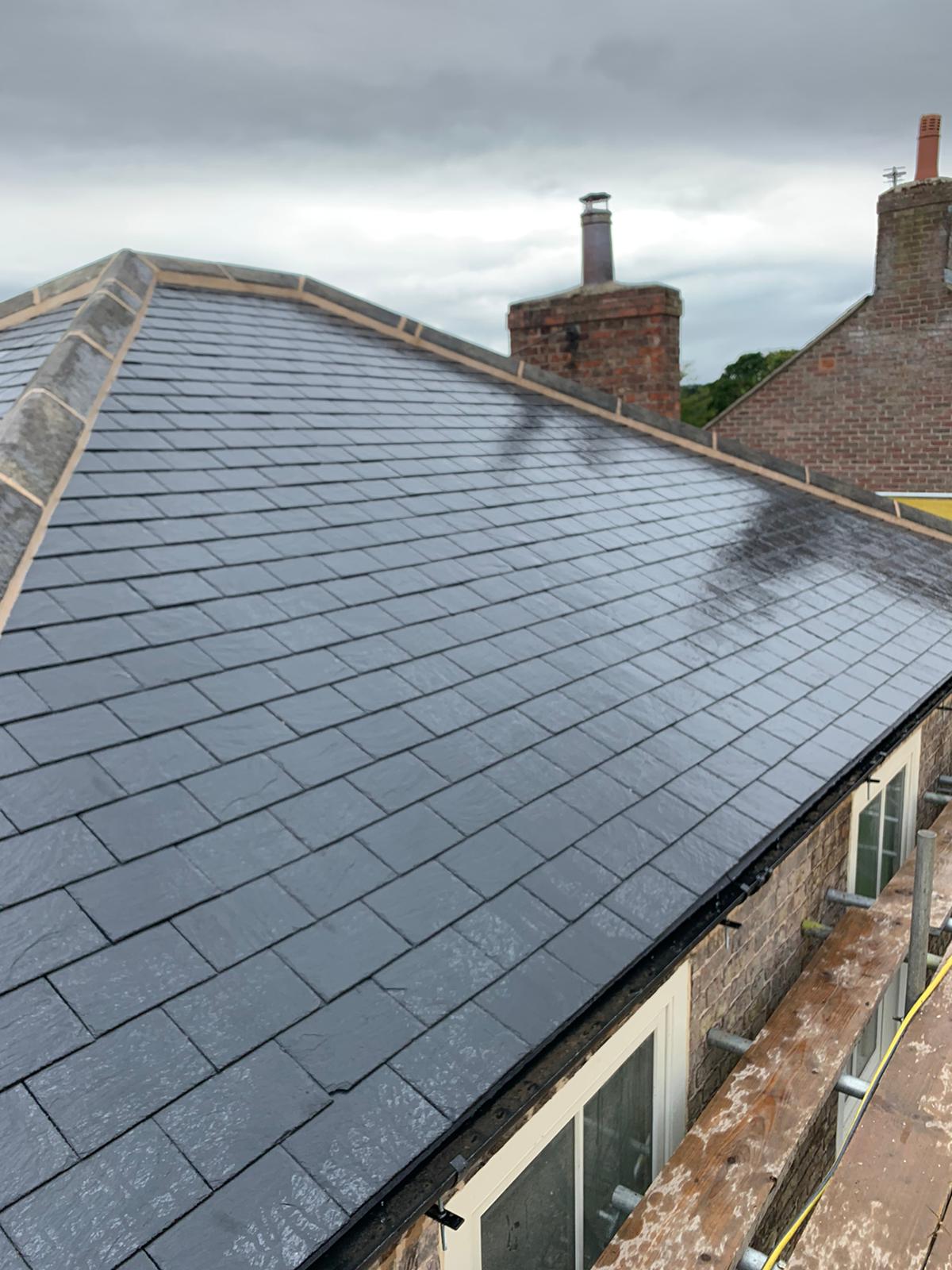
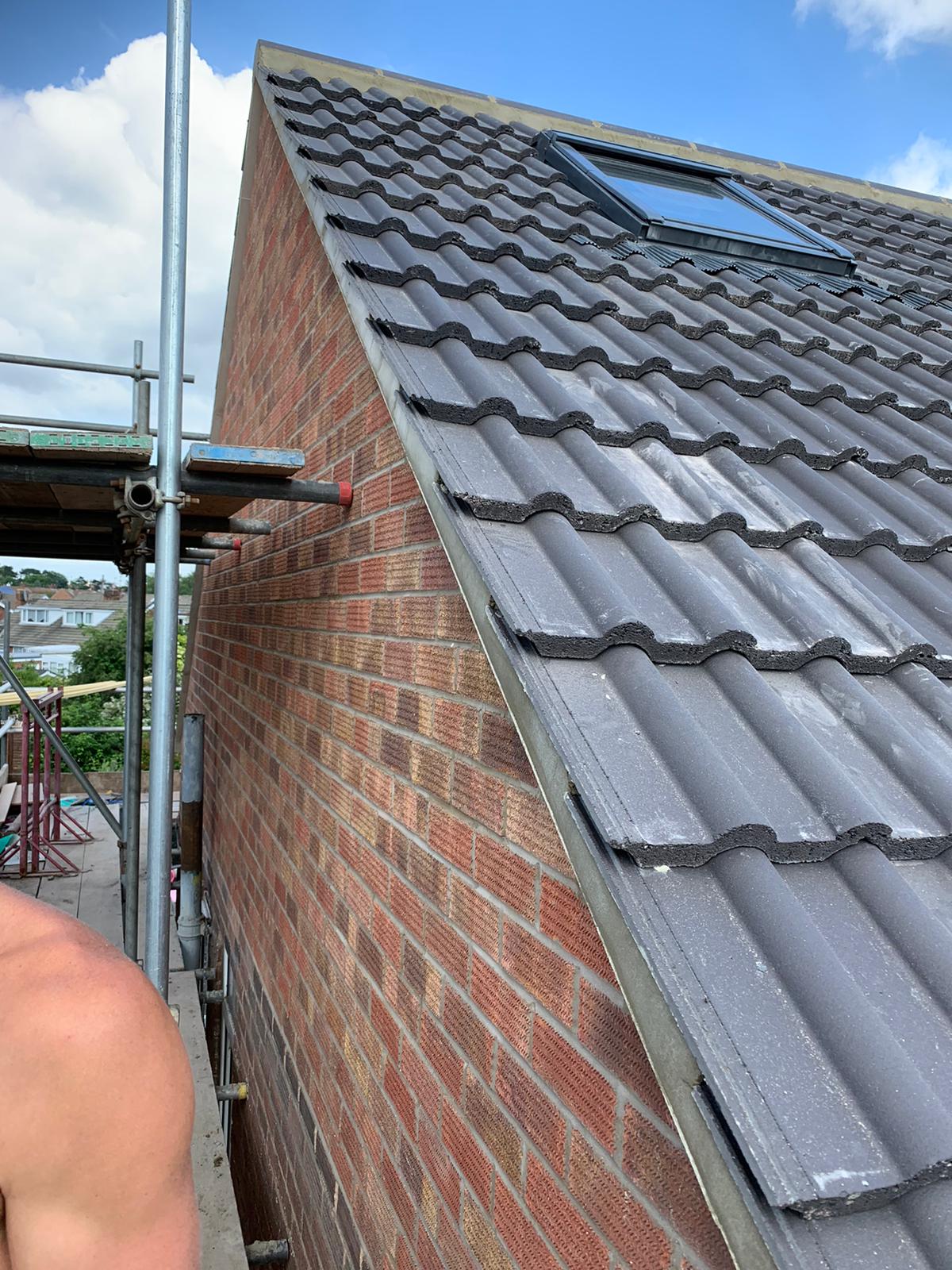
Box gutters are fashionable with their modern, angular appearance, but they aren’t particularly attractive, which has made them more popular for installation on commercial buildings than on residential houses. Box gutters can occasionally be more prone to leaking than other types of gutters depending on the manner of construction used to make them (i.e., whether they have welded or seamless joints), making appropriate installation and maintenance of them essential.
Gutter Repair

Another factor, more hidden and evasive, to consider with gutters is that they will need to be repaired at some point. You can do this yourself or hire our professional gutter repairers who will give you an estimate of how much their services will cost ahead of time so there are no unpleasant surprises later. Nothing is more frustrating than having water flow in through your roof because your guttering was too weak to withstand severe weather!
What goes up must eventually come down; even rainwater does this when gravity takes hold. The key is that if something isn’t working properly (i.e., not draining properly), leaks are likely to occur because water pressure from above has nowhere else to go but back around it and down to the ground, which isn’t good.
The following items may cause gutter damage:
- Poor installation – Guttering should be installed correctly to allow water to flow past it without causing damage.
- Over time, the weight of leaves, snow, or ice accumulates. Usually, this causes the gutters to separate from their brackets and begin leaking!
- Leaks caused by faulty pipe joints (i.e., when pipes are joined together with an ineffective sealant). These leaks are not only costly to repair, but they also cause the interior surfaces/walls/etc. below them to become wet, which is bad for the decor!
- Before winter or the new season arrives, it’s critical to replace any worn-out items like gutter guards with new ones.
- The gutter, flashing, and roof coverings are all replaced when guttering is damaged. It’s critical to replace any worn-out items, such as gutter guards, before the winter arrives or the new season begins.
- Blockage in hose pipe, hose, or other objects blocking downpipes. A wire coat hanger can be used to dislodge anything that may be obstructing them; alternatively, if you need something more heavy duty, we recommend using a garden hose with a spray nozzle attachment and some liquid dishwashing detergent to try loosening things up.
Costs Of Gutter Repair
Your guttering may develop a variety of issues as a result of exposure to the elements, including cracking, warping, coming free from the brackets that hold it in place, and failing at a joint or stop end.
The cost of gutter repairs will vary depending on the precise nature of the problem. The cost of fixing individual gutter parts, such as stop ends (the half-circle-shaped pieces that seal the end of a gutter), is higher than the cost of the parts themselves, which can be as little as £1. Fixing a uPVC stop end is a straightforward task that can be completed within 30 minutes, but a gutter professional may charge around £150 for their day rate. A professional might charge roughly £60 to complete a simple repair job like that. A bracket repair will cost around the same. Multiple brackets that need to be sorted will increase the size of the task, and you will be charged accordingly.
Gutter Maintenance
The Following Are Some Gutter Maintenance Suggestions;
- Cleaning gutters: Remove any leaves, dirt, or other debris that has accumulated using a long-handled ladder, or even better, an extension pole so you don’t have to get up and down from your safety zone (a good tip for all unsafe situations).
- A waterproof gutter cleaner that attaches to your garden hose and cleans gutters from the inside out makes gutter cleaning and maintenance a breeze.
- Cleaning downpipes: if you have a long-handled ladder or extension pole, this shouldn’t be too difficult; make sure they’re clear of any debris, including leaves, to avoid flooding during heavy rainstorms.
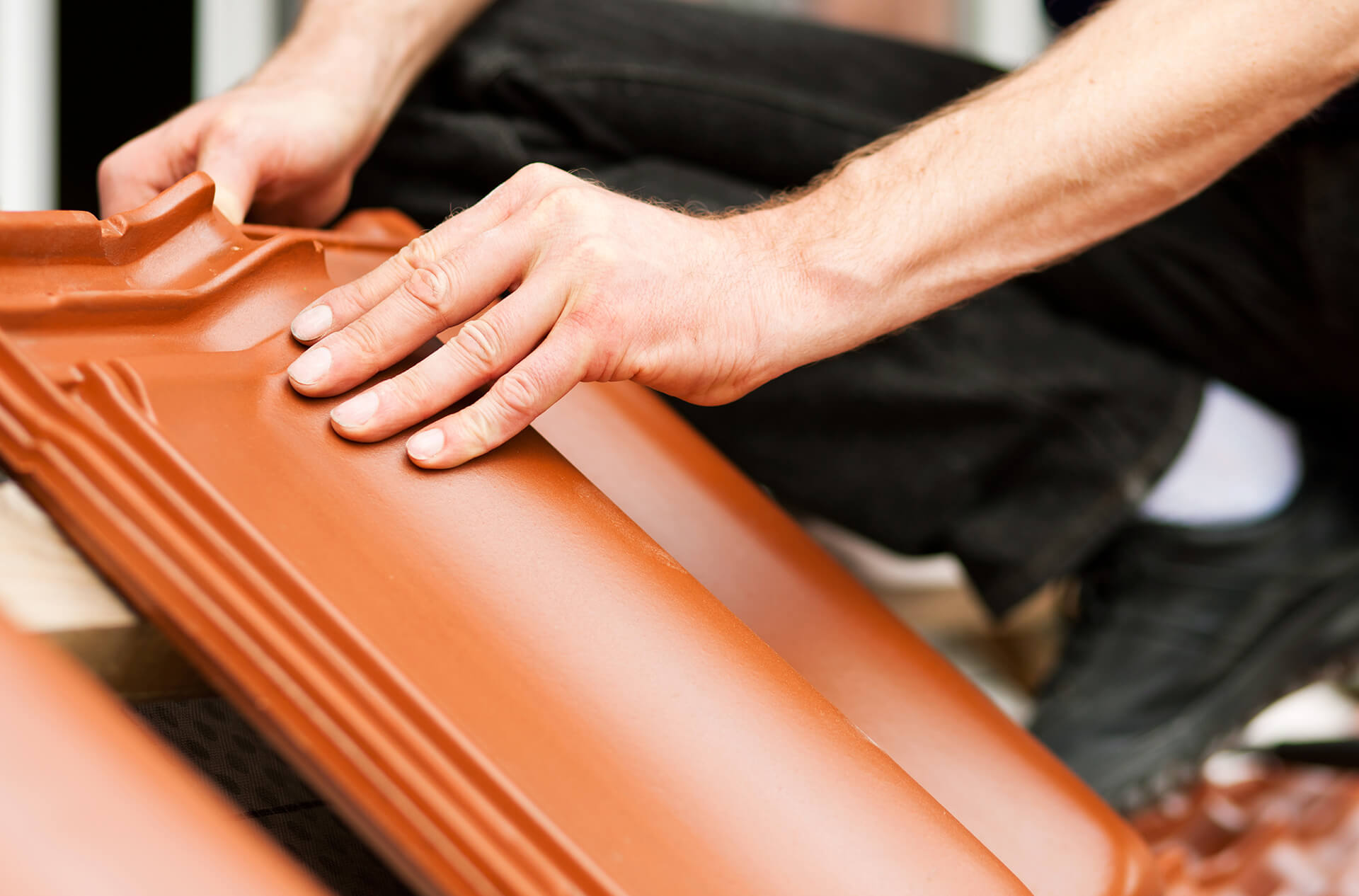
- If you can’t avoid getting up high, make sure you’re wearing appropriate footwear and safety equipment like gloves and goggles!
